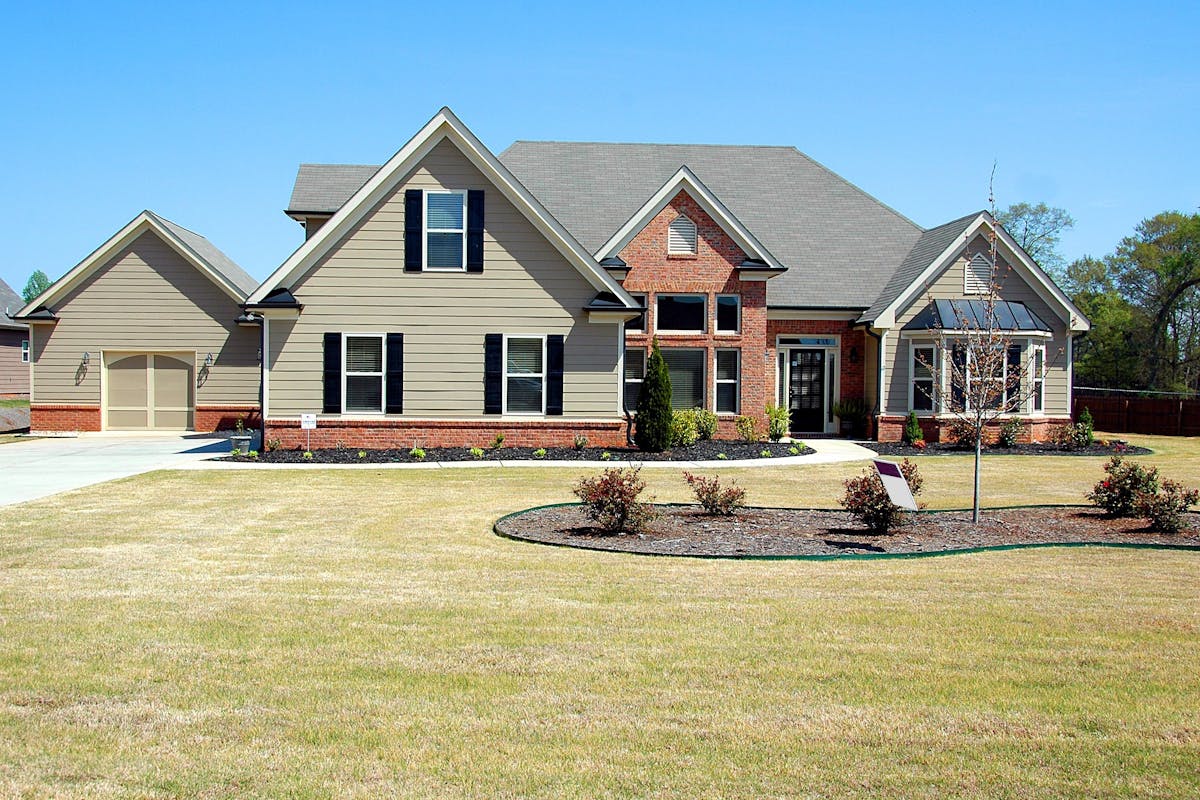Picture Supply: https://www.pexels.com/photo/gray-painted-house-209296/
Owning a home is a dream come true—until a tree crashes through your roof or a pipe bursts and floods your basement. That’s when home insurance steps in, or at least it should. But here’s the kicker: a surprising number of homeowners make avoidable mistakes with their policies that leave them exposed—or out of pocket—when disaster strikes. These blunders can turn a safety net into a costly headache. Let’s unpack the biggest home insurance mistakes and how to dodge them so you’re not left scrambling.
Underestimating Your Coverage Needs
One of the most common missteps? sacrificing coverage in order to save money. You might think, “I’ll just get the basics—fire and theft should do it.” But basics won’t rebuild your home after a total loss. Replacement cost coverage—paying to rebuild at today’s prices—is key, yet many settle for actual cash value, which factors in depreciation. Imagine a $300,000 home reduced to rubble. A cheap policy might hand you $200,000, leaving you to cough up the rest.
Check your dwelling limit. Construction costs have soared—up 30% in some areas since 2020. If your policy’s from five years ago, it’s likely outdated. Get an appraisal or use online calculators to estimate rebuild costs, then adjust. Underinsuring saves pennies now but costs thousands later.
Ignoring Add-Ons You Actually Need
Standard home insurance covers fire, theft, and some weather damage—but not everything. Floods, earthquakes, and sewer backups often require separate riders, and skipping them is a gamble. FEMA says 40% of U.S. homes face flood risk, yet only a fraction have flood insurance.Damage from a single inch of water can total $25,000, which is more than your typical coverage will cover.

Think you’re safe because you’re not near a river? Flash floods or heavy rain can hit anywhere. Same goes for earthquakes—low-risk zones still see tremors. Review your area’s risks on FEMA or USGS maps, then ask your insurer about add-ons. The extra $20–$50 a month beats a wiped-out savings account.
Forgetting to Inventory Your Stuff
Picture this: a fire guts your living room. You file a claim, but when the adjuster asks for a list of lost items, you blank. No proof, no payout—or at least a smaller one. Failing to inventory your belongings is a quiet killer. Personal property coverage has limits—often 50–70% of your dwelling amount—but without documentation, you’ll struggle to max it out.
Walk through your home with your phone. Video everything—furniture, electronics, jewelry—and note big-ticket items’ values. Store it in the cloud or a safe spot off-site. Update it yearly or after major purchases. It’s tedious, but it’s the difference between replacing your TV or eating the loss.
Not Updating After Renovations
Renovated your kitchen with granite counters? Added a deck? Congrats—your home’s worth more, and so is your risk. But if you don’t tell your insurer, your policy won’t reflect that value. A $50,000 upgrade might push your rebuild cost past your coverage limit, leaving you short post-disaster.
After any major change—new roof, finished basement, solar panels—call your agent. They’ll adjust your dwelling coverage and premiums. It might bump your bill slightly, but it’s cheaper than paying for uncovered upgrades out of pocket. Bonus: some upgrades, like storm shutters, could snag discounts.

Skipping Liability Coverage Boosts
Your dog bites a guest. A delivery guy slips on your icy steps. Standard liability coverage—usually $100,000–$300,000—might not cover a lawsuit if damages soar. Legal fees and medical bills can hit six figures fast, and if your policy’s tapped out, your savings or home equity are next.
Boosting liability to $500,000 or adding an umbrella policy (starting at $1 million) costs little—often $200–$300 a year. It’s a small price for peace of mind, especially if you host often or have a pool. Check your net worth; your liability should at least match it.
Letting Your Policy Lapse
Life gets busy—bills slip through the cracks. But letting your home insurance lapse is a disaster waiting to happen. If a loss occurs during a gap, you’re on your own. Worse, reinstating coverage after a lapse often means higher rates or proving insurability—like repairs for past damage.
Set up auto-pay or calendar reminders for renewal dates. If you switch providers, time it so there’s no break. A single missed payment could cost you thousands if Murphy’s Law kicks in.
Home insurance mistakes aren’t just oversights—they’re risks that hit your wallet hard. Underinsuring, skipping add-ons, forgetting inventories, ignoring upgrades, skimping on liability, or letting coverage lapse can turn a manageable crisis into a financial nightmare. The fix? Know your risks, update your policy, and document everything. It’s not about paranoia—it’s about protection. Spend an hour reviewing your coverage today; it could save you years of regret tomorrow. Your home’s your castle—keep it guarded right.

Leave a Reply